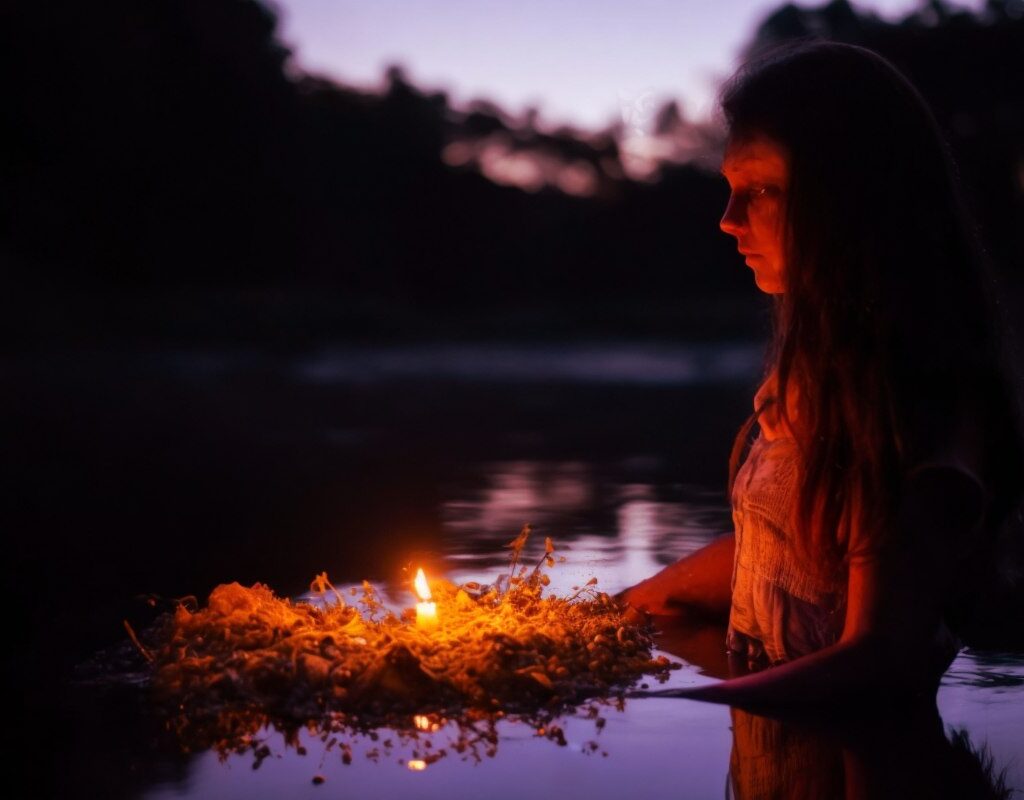For time immemorial, June 21st has been steeped in magic and mystery. The summer solstice marks the longest day of the year in the northern hemisphere and it has been venerated by various cultures. From the ancient Celts to the present day, the solstice celebration embodies gratitude towards the sun and nature.
The Magic of the Summer Solstice
A Phenomenon that Charms the World
In this article, we will uncover the roots of this celebration and how it has evolved over the centuries.
Roots of an Ancient Celebration
Let’s go back about 5,000 years when our ancestors, eager observers of the night sky, noted that around June 21st, the Sun reached its highest point in the sky. This astronomical observation evolved into a significant celebration.
The Celts, for example, celebrated Beltaine on May 1st, lighting bonfires in honor of the god Belenos. Druids would herd livestock through the flames, believing that this act purified the animals and protected them from disease. This act was accompanied by prayers for a fruitful harvest and animal sacrifices.
On the other hand, in ancient Greece, celebrations were held in honor of the god Apollo, where purifying bonfires were lit. The Romans also joined the celebration by lighting fires in honor of Minerva, the goddess of war and leaping over the flames.
A Dance with the Sun
The festivities related to the summer solstice were not only ceremonial but also a way of connecting with nature. It was believed that on this date, fairies and nature deities roamed the fields.
Farmers gave thanks for the summer, the harvests and the extra hours of light to work and have fun.
The summer solstice became an opportunity to celebrate the power of the Sun and help it renew its energy, as after June 21st the days begin to shorten.
Fire as a Symbol
Fires and bonfires have been central to summer solstice celebrations. In ancient times, bonfires were lit on mountains, rivers, streets and in front of houses. It was believed that fire had purifying and protective properties.
Even today, in many places in Europe, the tradition of lighting bonfires, holding torch processions and dancing around the fire during the night of the solstice is maintained.
The Science Behind the Solstice
Astronomically, the summer solstice occurs when the tilt of Earth’s axis is at 23.5 degrees towards the Sun. This makes June 21st the longest day of the year in the northern hemisphere.
It is important to note that although it typically occurs on June 21st, this date can vary slightly due to irregularities in the calendar, such as leap years.
A Global Legacy
The celebrations of the summer solstice are a shared legacy among various cultures around the world. Whether they are rooted in ancient pagan traditions or have adapted to more modern beliefs, the essence of honoring and celebrating the power of the Sun endures.
In Latin America, Europe and beyond, the summer solstice remains a time of communion with nature, of dances and rituals that connect humanity with an ancestral legacy.
So, when June 21st dawns again, whether you are in the northern or southern hemisphere, remember that this day is more than a simple shift in the Sun’s position. It’s a day full of history, traditions and a moment to connect with the magic of nature.
Unearth the Sabbats
Unveil the Eight Pivotal Wiccan Holidays in the Wheel of the Year
Sabbats are revered solar milestones, recurring roughly every six-and-a-half weeks and are rich in mythological meaning. They mirror the divine cycle of the Goddess as she transforms from Maiden to Mother and ultimately, to Crone, paralleling the God’s journey from birth, through matrimony and maturity, to his eventual demise… read more»





